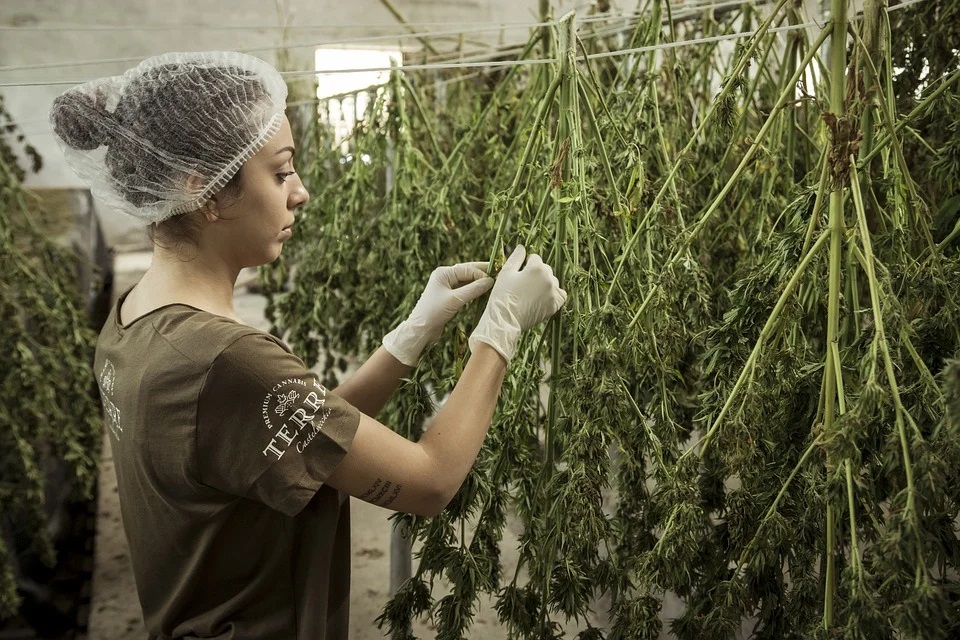
The wide cultivation of hemp for cannabidiol (CBD) explains its popularity. This industry is worth billions of dollars and continues to boom. The Cannabis Sativa or Hemp plant is from where CBD is derived from the female species. Despite yielding more, this crop is low on maintenance.
Hemp is non-psychoactive since its THC composition is under 0.3%. Cultivating cannabinoid-rich hemp requires knowledge and skill. You can rely on a fully licensed global supplier like One World Pharma CBD products sourced from the finest raw materials.
CBD Hemp Farms
Typically, 1000 to 1600 female hemp plants are grown per acre of land and tended to individually. To obtain quality CBD, practicing recommended hemp cultivation techniques assures you of a fruitful harvest. Finding the right hemp seeds which are genetically stable and ensure a consistent crop is vital.
Favorable Conditions for High-Quality CBD Growth
Listed here are the ideal conditions that contribute to high-quality CBD growth:
Fertile Soil
Well-aerated soil with a 6 to 7.5 pH and rich organic matter is most conducive to producing quality CBD. Fertile soil ensures the hemp plants thrive throughout their growing season.
Maximum Sunlight
When hemp plants being cultivated for CBD receive over twelve hours of sunlight per day, they flourish. Although these saplings even grow on receiving half the exposure to sunlight, the plant does not thrive.
Planting the corresponding seeds during the early to the middle part of spring is ideal. You can protect young plants from frost by covering them with a cloth and watering them well until it begins to frost. The plants have a better chance of surviving as wet soil retains heat better than dry soil.
Ample Water
Twenty to thirty inches of rain facilitates the growth cycle of plants from which CBD is extracted. Where the rainfall is inadequate, proper irrigation systems come to the rescue. These plants require ample moisture during germination, and till they begin to flower, the daily water absorption keeps increasing.
Over the initial four weeks, seedlings require more water for healthy germination. Once the plants grow roughly two inches in height, you can adjust the water such that the soil remains moist. On further growth, the plants may demand less water depending on the outdoor temperature conditions.
Air Flow
Spacing plants four to seven inches apart allows for airflow and keeps mold at bay. With the same logic, maintaining a two to four feet space between rows is ideal. Garden pests, pathogens, bacterial and fungal infections also infect CBD plants.
White and grey mold growth adversely impacts your crop by causing roots to rot. To avoid disease build-up, rotating your hemp crop every four years is the recommended solution.
Harvest Season
Early to mid-fall is when cannabinoid levels in hemp crops for CBD extraction typically peak. Distributors like One World Pharma make CBD products, focusing on hemp, harvested around four months to 16 weeks.
Planting seeds at a one-inch depth into the soil allows the seeds to sprout in uniformity. In this manner, you get a more profitable field that displays blooms and stalks of uniform height when harvest time approaches.
Partner with a recognized producer and supplier of high-quality hemp products available at competitive prices.
